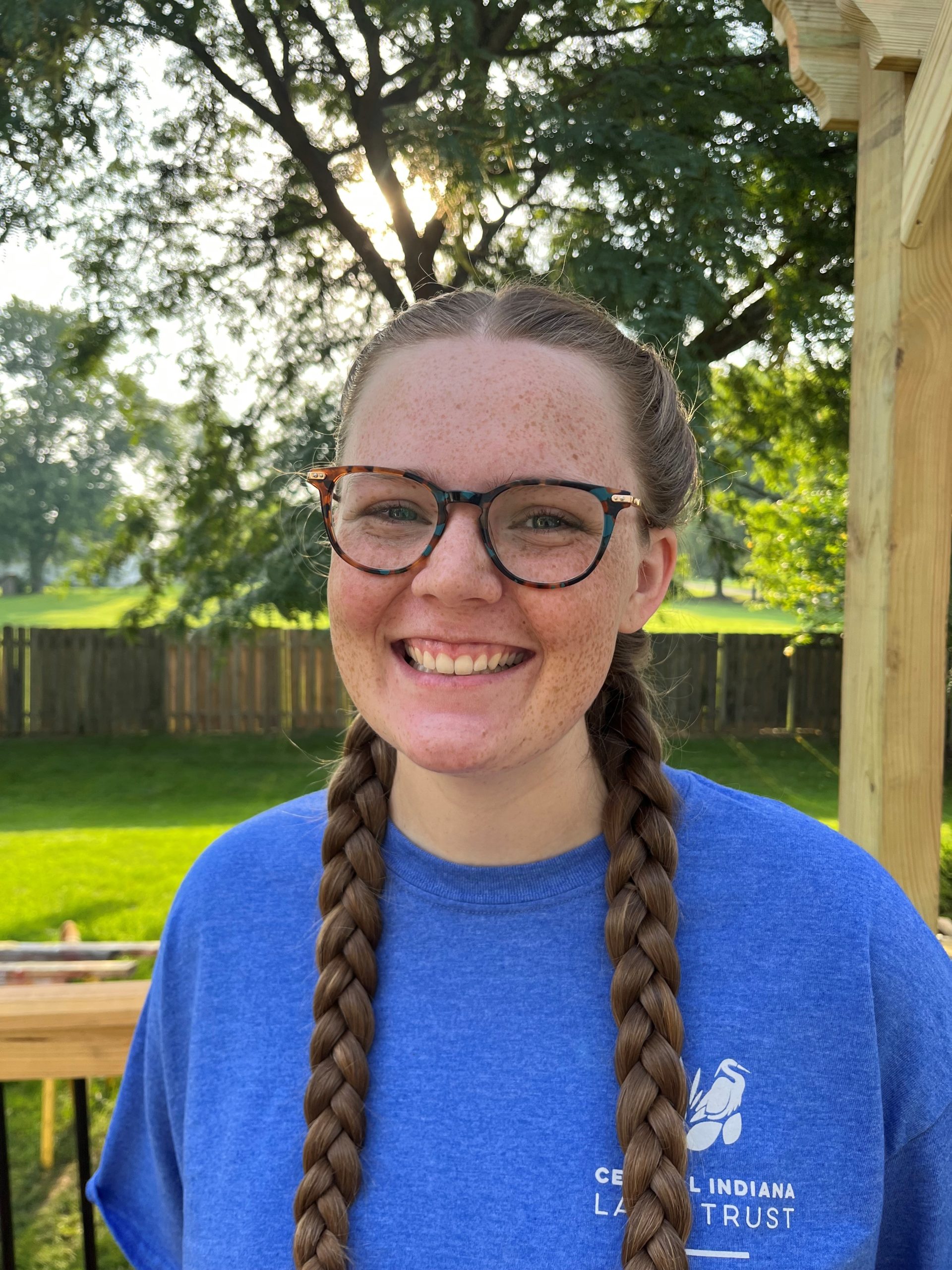We recently received a $12,000 grant from the American Rescue Plan Act (ARPA) program to be used for nature preserve improvements. We plan to use the funds for Burnett Woods, an 80-acre wooded nature preserve in Avon. This state-dedicated nature preserve is well-loved for its seasonal wildflowers and fall colors, with one of our most highly visited trails.
The Hendricks County Community Foundation (HCCF) partnered with the Hendricks County Commissioners and Council to develop a grant program to distribute up to $6.6 million in American Rescue Plan Act (ARPA) funding to nonprofits working in Hendricks County.
ARPA is a $1.9 trillion economic stimulus bill enacted to speed up the country’s recovery from the economic and health effects of the COVID-19 pandemic and the ongoing recession. The funding Hendricks County received is part of the $350 billion to help state, local, and tribal governments bridge budget shortfalls and mitigate the fiscal shock of the pandemic.
William A. Rhodehamel, President & CEO of Hendricks County Community Foundation, notes that COVID-19’s impacts go far beyond the immediate concerns of infection rates and job loss. “With the pandemic, we see more and more community members getting out in nature to support their mental and physical health. Increasing the accessibility and awareness of this preserve will have a positive public health impact. HCCF has long supported CILTI and Burnett Woods. The preserve is a lovely place to visit and a wonderful resource for our whole community, and we are happy to support this project, which will bring even more visitors to the preserve.”
Look for improved signage and infrastructure such as additional boardwalks, bike racks, and a kiosk in 2023, thanks to this grant award.
This funding recognized the role our organization played in serving the needs of our community during the COVID outbreak. We are grateful for the efforts of the Hendricks County Commissioners, Council, and Community Foundation to make this funding possible.
Communications Director
Shawndra is in charge of sharing our story and connecting you to our work. Through our print and online materials, she hopes to inspire your participation in protecting special places for future generations.



